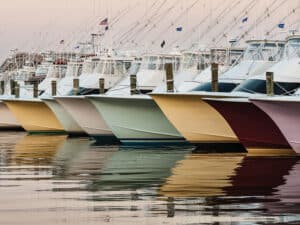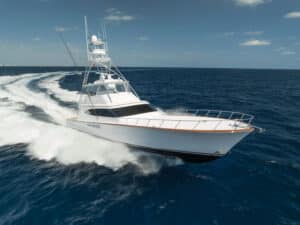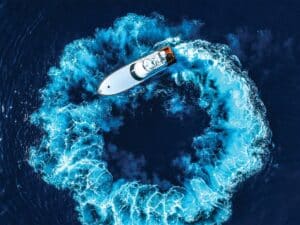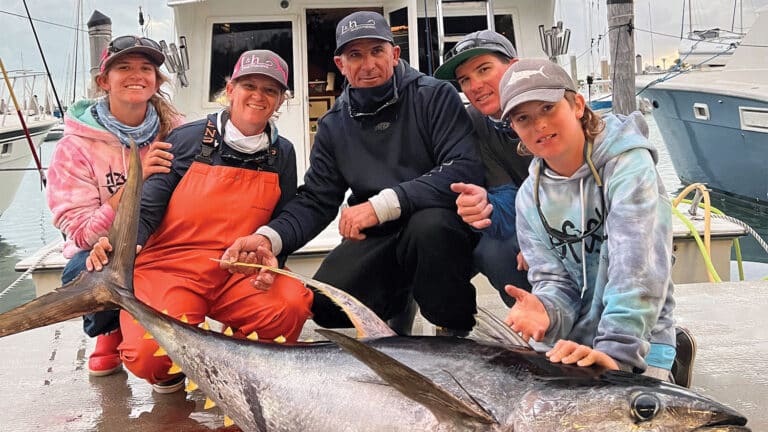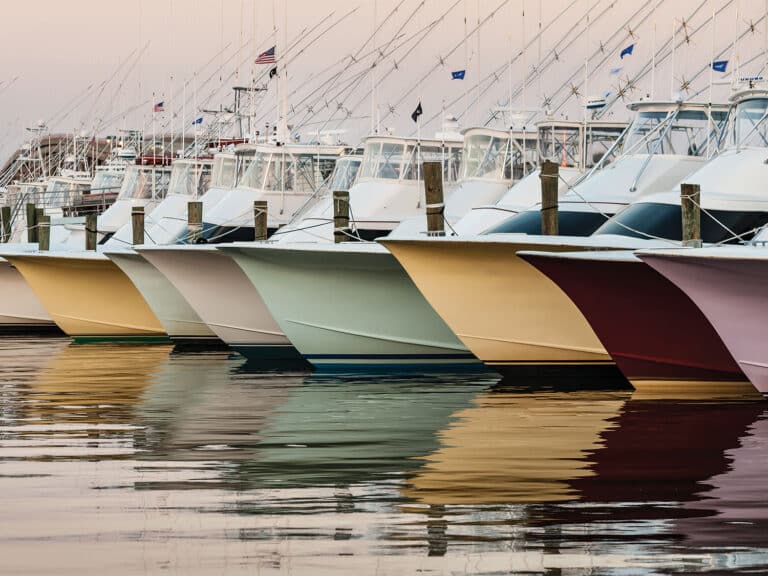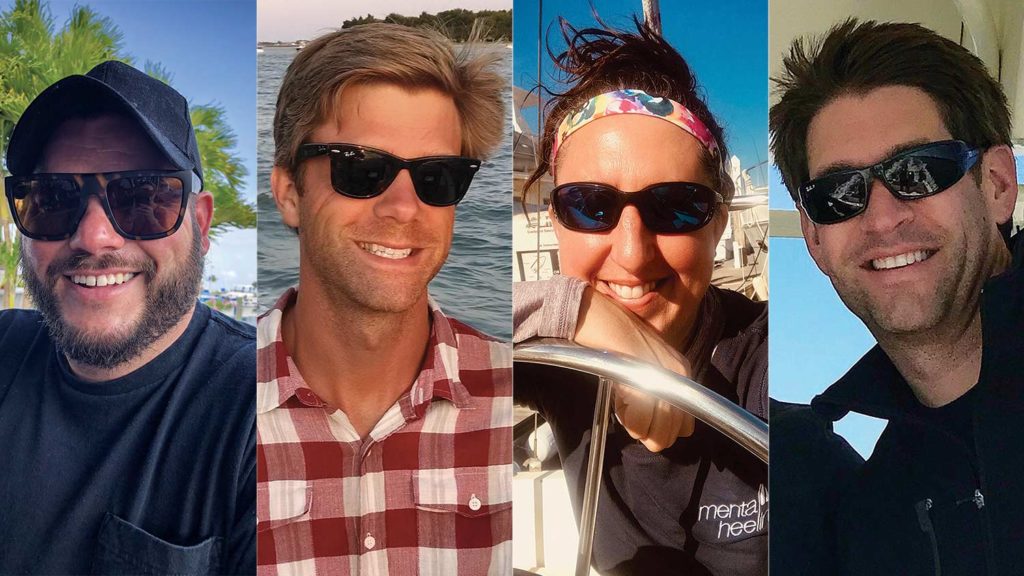
Brett Halavacs

Regional Sales Manager, MAN Engines and Components
MAN is consistently investing in new product development for the pleasure-craft market. Through innovative design and engineering, we’ve been able to maintain the compact size and weight savings MAN engines are known for, without sacrificing reliability. We are beginning to see inquiries regarding hybrid propulsion systems within the sport-fishing market; could we be “stealth-trolling” one day? From advancements in the materials utilized to more-optimized fuel-delivery systems, the goal remains the same: How can our customers go faster and farther?
Jamie MacDonald

Marine Account Manager, CAT/Gregory Poole
In the drive for greater fuel efficiency and reduced emissions, hybrid technology—combining the benefits of current diesel and electric technology—is the next big thing. Hybrid systems for sport-fisher applications increase fuel efficiency and decrease main engine run time. During fishing and slow-speed cruising, the system would operate in stealth mode, with smaller gensets taking the load. A boost mode would combine the vessel’s total electric output with the main engines’ rated power for high-speed operation. Who wouldn’t like up to an additional 600 hp per engine boost?
Watch: We take a ride on the Viking 46 Billfish.
Capt. Jennifer McQuilken
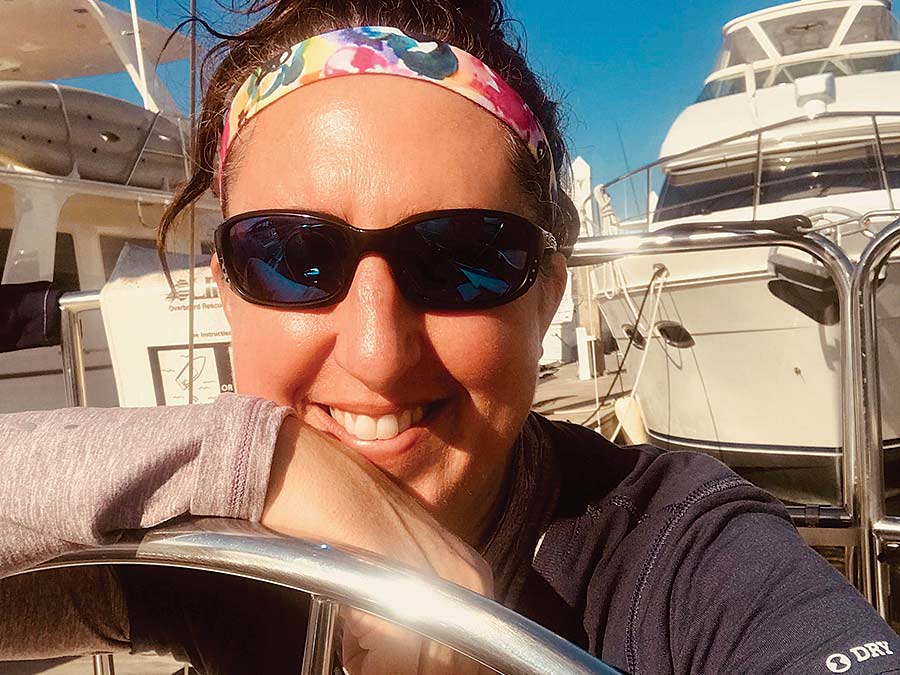
Global Marine Marketing Leader, Cummins Inc.
Now more than ever we are experiencing a need for increased power, and this continues to grow as new technologies and creature comforts are integrated into the next generation of sport-fishers. We have already seen leaps in the connectivity of engines, generators and batteries in higher-horsepower commercial vessels; it’s only a matter of time before telematics, remote monitoring, and smart power management solutions are applied to the recreational market. Another trend we anticipate is the integration of these technologies into older vessels as they are repowered with cleaner, quieter and more fuel-efficient power solutions.
Read Next: New engines from MAN are starting to appear in some new builds.
Bob Shomo Jr.
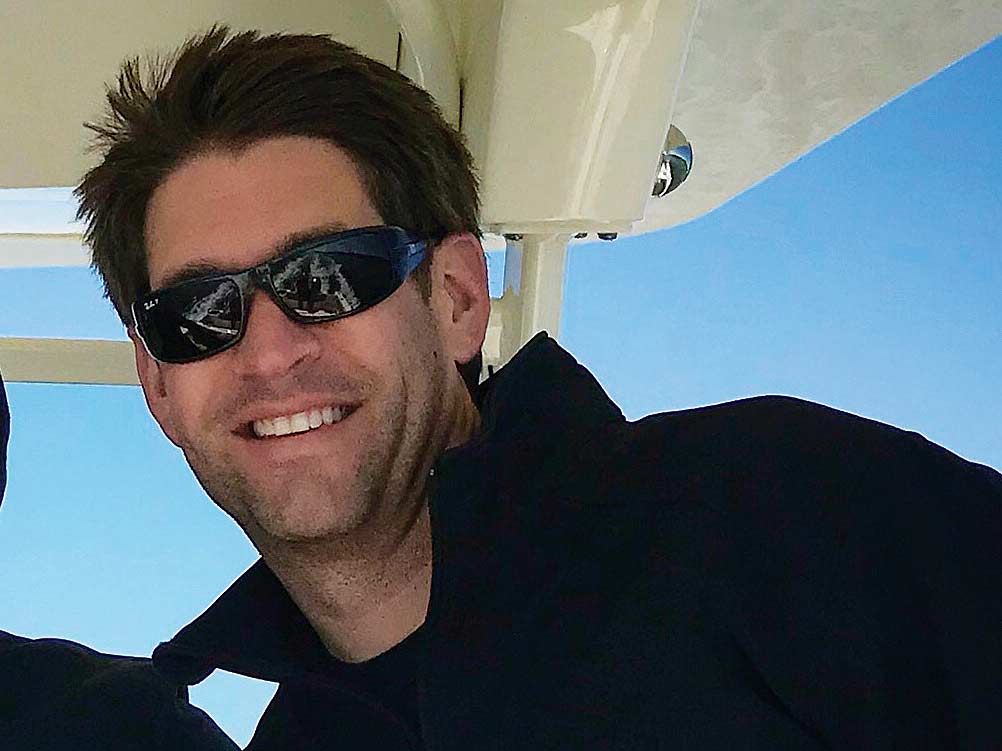
Senior Vice President, Johnson & Towers/ Western Branch Diesel
Fortunately, our partners at MTU and Volvo Penta have invested in engineering to meet today’s growing performance demands of the sport-fishing public. More horsepower will always be the goal, but that is evolving again in the very near future. The International Marine Organization Tier III regulations are fast-approaching, and in 2021, any vessel over 24 meters load line length will require IMO III NOx certification. Technology needed to meet these emission standards will add cost and complexity to the engine package, but manufacturers are working hard to meet the new requirements.

